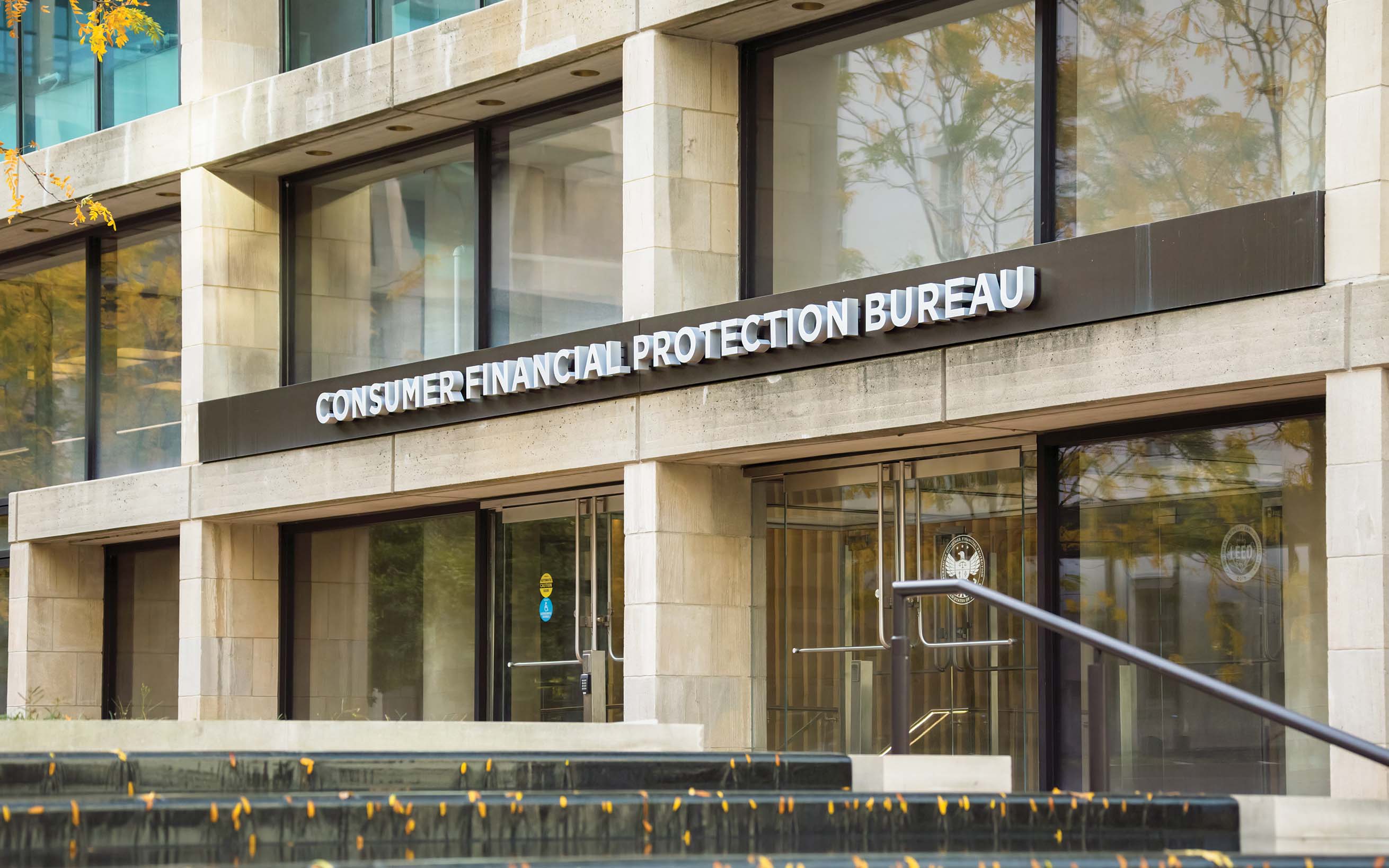When people move to the U.S. from other countries, they often don’t have an American credit history, identification or other typical requirements of the account-opening or loan process.
How community banks serve immigrants
February 01, 2021 / By Cheryl Winokur Munk
When people move to the U.S. from other countries, they often don’t have an American credit history, identification or other typical requirements of the account-opening or loan process.
When people from around the world immigrate to the U.S., they can’t bring their credit history with them. This, along with a lack of U.S. documents, may make it difficult for recent immigrants to establish bank accounts or secure loans in the U.S., no matter how wealthy they are or how good their credit is in their country of origin.
These challenges haven’t gone unnoticed by regulators and community-focused organizations, and there have been various efforts to encourage banks to offer safe, affordable and dependable banking services to immigrants, so they don’t turn to predatory companies such as payday lenders.
Quick Stat
13.7%
of the U.S. population was foreign born as of 2018, nearly triple the percentage in 1970
Source: Pew Research Center
To do this successfully, community banks must overcome certain obstacles. Some immigrants from developing countries are mistrustful of financial institutions and hesitant to keep deposits with them. Those who are willing to engage might only want to do so in limited ways, such as through a passbook savings account, a service many banks no longer offer. Then there’s the added complexity of complying with know-your-customer (KYC) rules, given that recent immigrants may not have the forms of identification that banks customarily rely on. And, of course, there’s their lack of an American credit history.
Some community banks have nonetheless chosen to make the recent immigrant demographic a priority, finding compliance-approved workarounds to mitigate many potential issues. They are being more flexible in terms of the documents they accept as proof of identity, for example. They are also increasingly using alternative ways to measure credit history and offering special savings and loan products that appeal to this demographic—all while complying with KYC rules and other regulations. Here’s how they are doing it.
Flexibility in document acceptance
Many banks require potential accountholders to produce a U.S. passport, driver’s license or identification card as a primary proof of identity, but that’s often not practical for recent immigrants. One way around this, as recommended by a 2018 California Reinvestment Coalition report, is for banks to adopt immigrant-friendly consumer banking practices such as accepting alternative forms of identification for account opening and not asking about immigration status.
This is an area where some banks are increasingly focusing. For example, Bronx, N.Y.-based Spring Bank is one of about a dozen banks and credit unions that accept IDNYC as a primary form of ID to open an account. IDNYC is a free municipal identification card for New York City residents ages 10 and older. To obtain it, applicants must prove their identity and residency in New York City, choosing from a host of documents to do so, including a foreign passport, a foreign driver’s license, a U.S. Tribal ID, a U.S. Individual Tax Identification Number (ITIN) card or letter, a foreign national ID card, a foreign birth certificate and a foreign military photo ID.
The option to use this card has “been enormously helpful” in helping $330 million-asset Spring Bank onboard hundreds of immigrants as customers, says Melanie Stern, Community Reinvestment Act (CRA) officer and director of consumer lending.
Others are taking a more expansive approach in terms of document acceptance. One example is Remitly, an independent digital remittance company. It has a partnership with Sunrise Banks, a $1.4 billion-asset community development financial institution (CDFI) in St. Paul, Minn., that primarily serves the Twin Cities urban core, which includes Hmong, Mexican and Somali immigrants. Remitly offers a solution that accepts forms of identification common to immigrants and their families, such as an ITIN, passport and other foreign government-issued IDs.
“You can create a track record of debt repayment using [utility bills and rent].”—Charles Elliott Jr., Beneficial State Bank
Immigrant-friendly banking products
Along with making it easy for recent immigrants to open accounts, community banks must offer services that meet their needs.
Spring Bank in Bronx, N.Y., offers a credit-builder loan that helps accountholders establish a U.S. credit history. Immigrants can use their IDNYC card as a primary form of identification for opening the account and can borrow up to $1,500. The community bank places proceeds from the loan in the customer’s savings account to secure the loan, and each month it reports payments to the credit bureaus. When the borrower makes the final payment, the proceeds are available to them or they can continue building their savings.
In St. Paul, Minn., Sunrise Banks’ Open Door Mortgage program helps foreign-born residents buy or refinance a home loan. Through the Open Door program, those who file taxes using an ITIN and don’t have a Social Security number can become homeowners, provided they meet other criteria. For instance, borrowers must have at least one year of credit history, a minimum credit score of 670, two years of tax returns and a picture ID.
Abacus Federal Savings Bank in New York City, meanwhile, continues to offer a passbook savings account, since it’s a preferred way of banking for many of its Asian American clients. Jill Sung, president and chief executive, says the bank also encourages customers to use mobile banking, which is more accessible to those who don’t have a home computer or a desk job. “Mobile banking has been a much easier product to get them to adopt,” Sung says, “because they have their phone with them always.”
Credit-friendly practices
Meeting the funding needs of recent immigrants is another challenge several community banks have taken on. There are compliance-approved ways that can help customers who lack traditional credit history be approved for a loan. That’s why these community banks are willing to go that extra mile, they say.
In the absence of credit history, Beneficial State Bank in Oakland, Calif., for example, typically looks at a borrower’s income to ensure they have the ability to repay based on their debt-to-income ratio and payment-to-income ratio. The $1 billion-asset community bank is exploring relationships with fintech partners to enable BSB while maintaining compliance. It leverages VantageScore as an alternative to FICO to increase the credit data available for applicants, but it’s still a credit bureau score.
“[In this industry] you can create a track record of debt repayment using other types of bills, such as cell phone, utility and rent,” says Charles Elliott Jr., senior vice president and consumer lending manager at Beneficial State Bank, whose immigrant clients principally have Latinx, Indian and Eastern European backgrounds.
In New York City, $350 million-asset Abacus Federal Savings Bank looks at rent, telephone, utility and other payments to establish credit history when it’s not available another way. “You have to build credit history around things that people may not assume to be credit,” says Jill Sung, president and CEO. The bank was founded in 1984 to serve Chinese Americans. It has since broadened its focus to serve all Asian Americans.
Banks can partner with companies helping to solve for a lack of credit. For example, Nova Credit in San Francisco helps immigrants apply for financial services using their international credit history from a handful of countries. It translates international credit data into a U.S.-equivalent score and report in a format familiar to American underwriters, who use it to evaluate applications for credit products.
Find ways to open doors
Community banks that want to serve immigrants effectively should first work with their compliance departments to find ways to be flexible, while still complying with safety and soundness principles, Elliott says. Banks may also partner with fintechs that offer services to make it easier to access alternative data, he adds.
Of course, it’s important to hire staff who speak customers’ languages and are familiar with the cultures of the communities they serve. Banks can participate in local activities that are important to their target demographics. Sunrise Banks, for example, sponsors and attends a Hmong New Year’s celebration and employs people from within the Hmong community, says David Reiling, the CDFI’s CEO, president and board chairman.
At Spring Bank, frontline staff speak Spanish, and marketing materials appear in both Spanish and English. The bank frequently partners with organizations that serve immigrants. For example, Spring Bank held an annual gathering (pre-pandemic) and had a table to give presentations for the Mexican consulate and the Qualitas of Life Foundation, a nonprofit that provides financial education to Hispanic people.
Subscribe now
Sign up for the Independent Banker newsletter to receive twice-monthly emails about new issues and must-read content you might have missed.
Sponsored Content
Featured Webinars
Join ICBA Community
Interested in discussing this and other topics? Network with and learn from your peers with the app designed for community bankers.
Subscribe Today
Sign up for Independent Banker eNews to receive twice-monthly emails that alert you when a new issue drops and highlight must-read content you might have missed.
News Watch Today

Join the Conversation with ICBA Community
ICBA Community is an online platform led by community bankers to foster connections, collaborations, and discussions on industry news, best practices, and regulations, while promoting networking, mentorship, and member feedback to guide future initiatives.













